Home>Storage Ideas>Bathroom Storage>Sustainable Bathroom Ideas: 10 Eco-friendly Wash Spaces
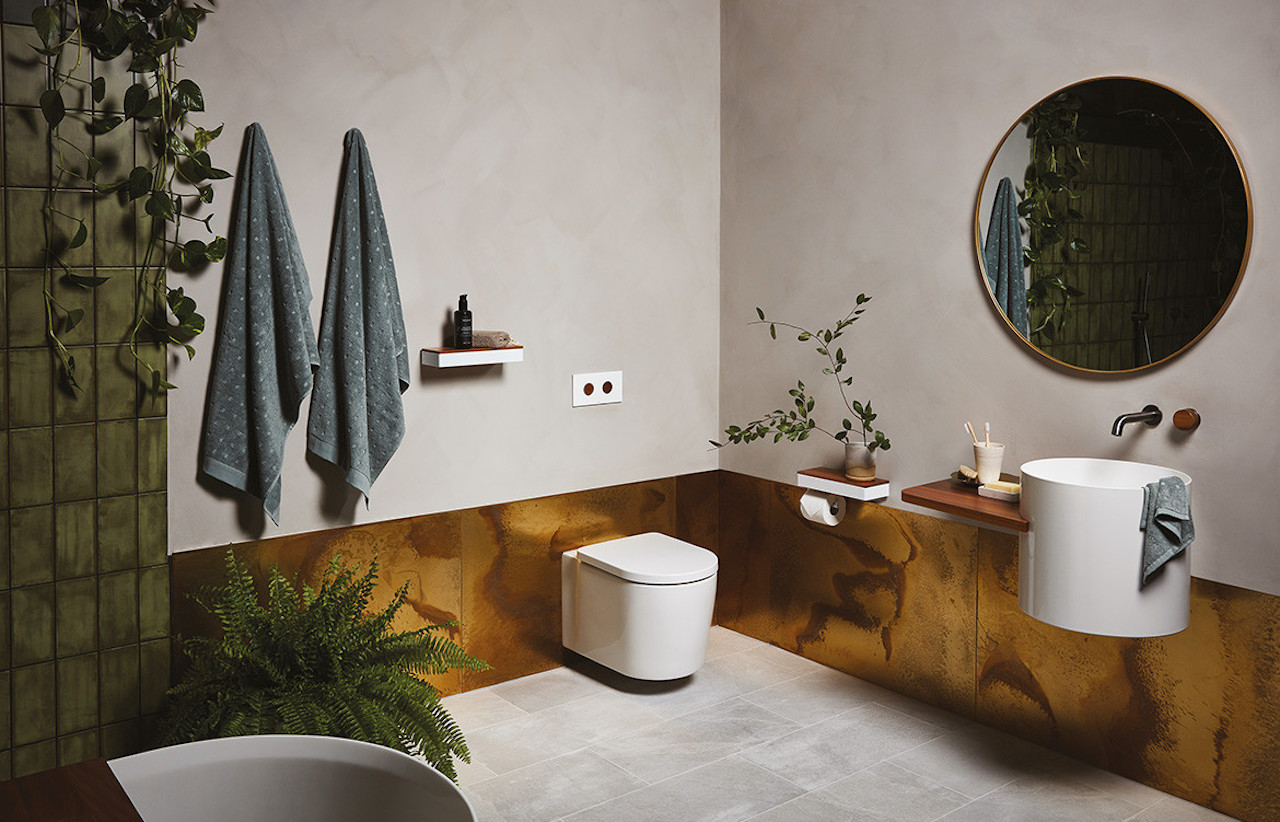

Bathroom Storage
Sustainable Bathroom Ideas: 10 Eco-friendly Wash Spaces
Modified: January 19, 2024
Discover 10 eco-friendly bathroom designs and sustainable storage solutions for an environmentally conscious wash space. Upgrade your bathroom storage with our expert tips.
(Many of the links in this article redirect to a specific reviewed product. Your purchase of these products through affiliate links helps to generate commission for Storables.com, at no extra cost. Learn more)
Introduction
Welcome to the world of sustainable bathroom design! As environmental consciousness continues to rise, many homeowners are seeking ways to make their homes more eco-friendly, and the bathroom is no exception. With a few simple changes, you can transform your bathroom into an environmentally conscious haven that not only reduces your carbon footprint but also saves you money in the long run.
When it comes to designing an eco-friendly bathroom, there are several key factors to consider. From water-saving fixtures to energy-efficient lighting, every aspect of your bathroom can be optimized for sustainability. In this article, we will explore ten sustainable bathroom ideas that will not only help conserve resources but also create a stylish and functional wash space.
So, whether you’re embarking on a bathroom renovation or simply looking for ways to make your existing bathroom more eco-friendly, read on to discover some inspiring and practical ideas to transform your bathroom into a sustainable oasis.
Key Takeaways:
- Transform your bathroom into an eco-friendly oasis with water-saving fixtures, low-flow showerheads, and dual-flush toilets to conserve water and save on utility bills.
- Embrace sustainable materials, organic bath products, and recycled accessories to create a stylish, eco-friendly bathroom while reducing your environmental impact.
Read more: 9 Ways To Be Sustainable At Home
Water-saving Fixtures
One of the most effective ways to reduce water consumption in your bathroom is by installing water-saving fixtures. Traditional faucets and showerheads often use a significant amount of water, contributing to unnecessary wastage. By switching to water-saving fixtures, you can significantly reduce water usage without compromising on functionality.
Water-saving faucets are designed to limit the flow rate while still providing adequate water pressure for everyday tasks such as washing hands and brushing teeth. Look for faucets with aerators, which mix air with water to maintain a strong flow while using less water. These small additions can reduce water usage by up to 50% compared to conventional faucets.
Similarly, opting for low-flow showerheads can make a significant difference in water conservation. These showerheads restrict water flow without sacrificing the shower experience, allowing you to enjoy a refreshing shower while using less water. Look for showerheads with a flow rate of 1.5 to 2.0 gallons per minute (GPM) to ensure optimal water efficiency.
Additionally, consider installing motion-sensor faucets in your bathroom. These faucets detect movement and automatically turn on and off, ensuring that water is not wasted when it is not needed. This feature is particularly useful in public restrooms where individuals may forget to turn off the faucet after use.
By incorporating these water-saving fixtures, you can significantly reduce your water consumption and contribute to conserving this precious resource.
Low-flow Showerheads
When it comes to water conservation in the bathroom, one of the most effective changes you can make is installing low-flow showerheads. These innovative fixtures are designed to reduce water usage while still providing a satisfying shower experience.
Traditional showerheads typically have a flow rate of around 2.5 gallons per minute (GPM). In contrast, low-flow showerheads are designed to have a flow rate of 1.5 to 2.0 GPM, saving a significant amount of water with each use. This reduction in water flow doesn’t mean sacrificing water pressure or a soothing shower experience. With advancements in technology, low-flow showerheads now offer a range of spray options, including massage and mist settings, ensuring that you can customize your shower to suit your preferences.
Aside from water conservation benefits, low-flow showerheads also contribute to energy savings. By using less hot water, you reduce the amount of energy needed to heat the water, resulting in lower energy bills.
Installing a low-flow showerhead is a straightforward and cost-effective upgrade. Most low-flow showerheads can be easily installed by unscrewing the old showerhead and screwing on the new one. Some models even come with a built-in flow restrictor, which automatically reduces the amount of water used.
Choosing a low-flow showerhead with the WaterSense label is a great way to ensure that you are purchasing a high-quality and water-efficient product. The WaterSense label is given to showerheads that meet strict water flow and performance requirements set by the Environmental Protection Agency (EPA). These showerheads can save you up to 2,700 gallons of water per year, reducing your water bills and your environmental impact.
By switching to a low-flow showerhead, you not only conserve water but also save money and energy. It’s a win-win situation that allows you to enjoy your shower while being environmentally responsible.
Dual-flush Toilets
Flush toilets are one of the biggest water consumers in the bathroom, accounting for a significant portion of daily water usage. However, there is a solution to reduce water wastage without compromising functionality – dual-flush toilets.
Dual-flush toilets offer two flushing options: a low-volume flush for liquid waste and a high-volume flush for solid waste. Typically, the low-volume flush uses only around 0.8 to 1.1 gallons of water, while the high-volume flush uses around 1.6 gallons. This is a drastic reduction compared to conventional toilets, which can use up to 3-5 gallons per flush.
The dual-flush mechanism operates with two buttons or levers, providing flexibility and allowing users to choose the appropriate flush based on their needs. By opting for the low-volume flush for liquid waste, you can save a significant amount of water over time.
Installing dual-flush toilets not only reduces water usage but also lowers your water bills. Over the course of a year, a dual-flush toilet can save several thousand gallons of water, making it an excellent investment for both your wallet and the environment.
When looking for a dual-flush toilet, make sure to choose a model with a high WaterSense rating. The WaterSense label ensures that the toilet meets strict water efficiency standards set by the Environmental Protection Agency (EPA). These toilets undergo rigorous testing to ensure optimal performance and water conservation.
Switching to a dual-flush toilet is a sustainable and practical choice that can significantly reduce your water consumption. It not only minimizes your impact on the environment but also encourages responsible water usage habits for future generations.
Greywater Systems
When it comes to sustainable bathroom practices, the concept of recycling and reusing water plays a significant role. One way to achieve this is by implementing a greywater system.
Greywater refers to gently used water from sources such as sinks, showers, and laundry, excluding water from toilets. This water, although not suitable for drinking, can be safely reused for other purposes like flushing toilets, watering plants, or even for laundry. Implementing a greywater system allows you to capture and redirect this water, reducing the amount of freshwater needed for these activities.
There are different types of greywater systems, ranging from simple DIY setups to more complex professionally-installed systems. Basic systems involve diverting the greywater from sinks and showers to a collection tank, where it undergoes filtration before being used for other purposes. More advanced systems may include pumps and filtration systems for improved water quality.
When designing a greywater system, it’s important to consider factors such as the layout of your bathroom, plumbing connections, and local regulations. Consulting with a professional plumber or greywater specialist can help ensure that your system is installed correctly and complies with local codes.
In addition to reducing freshwater consumption, greywater systems can also contribute to energy savings. By reusing water for purposes like toilet flushing, you can reduce the amount of energy required to treat and pump freshwater.
It’s important to note that implementing a greywater system requires careful planning and consideration. Proper maintenance and regular system checks are essential to ensure water quality and prevent the growth of bacteria or odors.
By implementing a greywater system, you can make the most of the water resources available in your home and contribute to a more sustainable future.
Energy-efficient Lighting
When it comes to creating a sustainable bathroom, lighting is an important aspect to consider. By opting for energy-efficient lighting options, you can reduce electricity consumption and minimize your environmental impact.
One of the most popular options for energy-efficient lighting in bathrooms is LED (Light Emitting Diode) lighting. LED lights use significantly less energy than traditional incandescent or fluorescent bulbs. They are also more durable and have a longer lifespan, reducing the need for frequent replacements.
LED lights offer many benefits when it comes to bathroom lighting. They are available in a variety of colors and brightness levels, allowing you to create the desired ambiance in your bathroom. Additionally, LED lights produce less heat, making them safe to use in enclosed spaces like bathrooms.
Another energy-efficient lighting option is compact fluorescent bulbs (CFLs). Although they are not as energy-efficient as LED lights, CFLs still offer significant energy savings compared to traditional incandescent bulbs. They come in various styles and shapes, making them suitable for different lighting fixtures in the bathroom.
To make the most of energy-efficient lighting in your bathroom, consider using task lighting and motion sensor switches. Task lighting focuses light on specific areas where it is needed, reducing the need for overall overhead lighting. Motion sensor switches automatically turn the lights on and off when someone enters or leaves the bathroom, preventing unnecessary energy consumption.
When selecting energy-efficient lighting for your bathroom, look for products with the ENERGYSTAR label. This ensures that the lighting meets strict energy efficiency and performance criteria set by the Environmental Protection Agency (EPA).
By choosing energy-efficient lighting options, you can reduce your electricity consumption, lower your utility bills, and contribute to a greener and more sustainable bathroom.
Consider installing low-flow showerheads and faucets to reduce water consumption in your bathroom. This simple switch can help you save water and lower your utility bills.
Natural and Sustainable Materials
When it comes to designing a sustainable bathroom, the choice of materials is crucial. Opting for natural and sustainable materials not only reduces the environmental impact but also creates a healthier and more eco-friendly space.
One popular choice for sustainable bathroom materials is bamboo. Bamboo is a rapidly renewable resource that grows quickly and requires minimal water and pesticides to cultivate. It is a durable and versatile material that can be used for various bathroom elements, including flooring, countertops, and even bathroom accessories.
Another sustainable material option is reclaimed wood. Instead of using newly sourced timber, reclaimed wood is salvaged from old structures, such as barns or factories, giving it a unique and rustic charm. Using reclaimed wood for bathroom vanities, shelves, or accent walls adds character to the space while reducing the demand for new timber.
When it comes to flooring, consider using natural and sustainable materials such as cork or linoleum. Cork is made from the bark of cork oak trees, which can be harvested without harming the tree. It is naturally water-resistant and durable, making it an excellent choice for bathroom flooring. Linoleum is another eco-friendly flooring option made from natural materials like linseed oil, wood flour, and pigments. It is biodegradable and comes in a variety of colors and patterns to suit your bathroom style.
For bathroom fixtures and accessories, look for products made from recycled materials. There are many options available, from recycled glass countertops to shower tiles made from recycled porcelain or ceramic. Using these materials not only reduces waste but also gives a unique and sustainable touch to your bathroom design.
It’s also important to consider the manufacturing and production processes of the materials you choose. Look for products with certifications such as Forest Stewardship Council (FSC) or Cradle to Cradle (C2C), which ensure responsible sourcing and sustainable production practices.
By incorporating natural and sustainable materials into your bathroom design, you create a space that is both aesthetically pleasing and environmentally friendly. It’s a great way to showcase your commitment to sustainability while enjoying a beautiful and functional bathroom.
Organic Bath Products
Creating a sustainable bathroom goes beyond the physical design and materials; it also extends to the products we use on a daily basis. Switching to organic and eco-friendly bath products is a great way to reduce chemical exposure and promote a healthier and more sustainable lifestyle.
Conventional bath products, such as soaps, shampoos, and body washes, often contain synthetic ingredients and harmful chemicals. These substances can not only be harmful to our bodies but also have negative effects on the environment when they are washed down the drain.
Fortunately, there are many organic and natural alternatives available on the market. Organic bath products are made from plant-based ingredients and do not contain synthetic fragrances, parabens, sulfates, or other harmful chemicals. They are usually biodegradable and gentle on the skin, making them a safer and more sustainable choice.
Look for products with certifications such as USDA Organic or Ecocert, which ensure that the ingredients are sourced from organic farming and meet strict environmental and sustainable standards.
In addition to personal care products, consider using organic and eco-friendly cleaning products in your bathroom. Traditional cleaning products often contain harsh chemicals that are harmful to both our health and the environment. Switching to natural and biodegradable cleaning products can help reduce pollution and minimize your exposure to toxins.
You can also explore DIY options for bath and cleaning products. Many natural ingredients, such as baking soda, vinegar, and essential oils, can be used to make effective and eco-friendly alternatives. DIY recipes can be found online, and experimenting with different combinations is a fun and creative way to personalize your bathing experience.
By choosing organic and eco-friendly bath products, you not only contribute to a healthier environment but also prioritize your own well-being. It’s a small and simple switch that can have a big impact on both your bathroom routine and the planet.
Recycled or Upcycled Bathroom Accessories
When it comes to creating a sustainable bathroom, don’t forget about the accessories! Choosing recycled or upcycled bathroom accessories is a fantastic way to reduce waste and give new life to old materials.
Recycled bathroom accessories are made from materials that have been recovered or repurposed from previous products. For example, you can find soap dispensers made from recycled glass, toilet paper holders made from reclaimed wood, or shower curtains made from recycled plastic bottles.
By opting for recycled accessories, you are not only diverting waste from landfills but also minimizing the demand for new raw materials. It’s a great way to showcase your commitment to sustainability and contribute to the circular economy.
Another option is to upcycle existing items and transform them into stylish and functional bathroom accessories. Upcycling involves taking old or unused items and repurposing them in creative ways. For example, you can turn old mason jars into toothbrush holders, repurpose wine crates as towel storage, or transform an old ladder into a rustic towel rack.
Embracing upcycled bathroom accessories allows you to add unique and personalized touches to your bathroom while minimizing waste. It’s a fun and creative way to give new life to old items and showcase your DIY skills.
When shopping for recycled or upcycled bathroom accessories, consider supporting local artisans and small businesses. Many independent makers specialize in creating unique and sustainable products that add a touch of craftsmanship to your bathroom.
By incorporating recycled or upcycled bathroom accessories, you can add character and sustainability to your space. It’s a simple and impactful way to reduce waste, showcase your creativity, and contribute to a more eco-friendly bathroom.
Use of Plants in the Bathroom
Bringing the beauty of nature into your bathroom not only adds an aesthetic touch but also offers numerous benefits for your health and the environment. Incorporating plants in the bathroom is a wonderful way to create a soothing and sustainable space.
Plants are natural air purifiers and can help improve indoor air quality by removing toxins and releasing oxygen. They also act as a natural humidifier, adding moisture to the air and creating a more comfortable environment in drier climates or during winter months.
When selecting plants for your bathroom, consider those that thrive in humid and low-light conditions. Some popular choices include snake plants, ferns, peace lilies, and bamboo. These plants are known for their ability to tolerate high humidity levels and low light conditions, making them well-suited for bathroom environments.
Plants not only enhance air quality but also contribute to a calming and peaceful atmosphere. Incorporate them in various ways, such as placing potted plants on countertops, adding hanging planters from the ceiling, or installing wall-mounted shelves for a vertical garden display.
When it comes to sustainability, consider using eco-friendly and biodegradable plant pots made from materials such as bamboo, coconut coir, or reclaimed wood. These materials not only reduce environmental impact but also add a natural and organic aesthetic to your bathroom.
To care for your bathroom plants, make sure to provide them with proper watering and lighting. Most bathroom plants thrive in indirect or filtered light, so placing them near a window with sheer curtains or a skylight is ideal. Additionally, be mindful of overwatering, as bathrooms tend to have higher humidity levels, which may require less frequent watering.
Not only do plants support a sustainable bathroom, but they also create a serene and spa-like atmosphere. Their presence brings a sense of tranquility and connection to nature, making your bathroom a truly refreshing and rejuvenating space.
Proper Waste Management
Proper waste management is an essential aspect of creating a sustainable bathroom. By implementing responsible waste disposal practices, you can minimize your environmental impact and contribute to a cleaner and healthier planet.
Here are some key strategies for effective waste management in the bathroom:
1. Recycling: Place recycling bins in your bathroom to separate recyclable materials such as plastic bottles, cardboard packaging, and paper products. Make sure these items are clean and dry before placing them in the recycling bin.
2. Composting: Consider composting organic waste such as hair, cotton balls, or tissue paper. You can either set up a small compost bin in your bathroom or have a larger composting system in your garden or backyard.
3. Reduce Single-use Items: Opt for reusable alternatives to single-use items. For example, use washable cloth towels instead of paper towels, refillable soap dispensers instead of single-use plastic soap bottles, and washable cotton rounds instead of disposable makeup wipes.
4. Proper Medication Disposal: Dispose of expired or unused medications properly. Do not flush them down the toilet, as they can contaminate water sources. Contact your local pharmacy or government health department for information on medication disposal programs in your area.
5. Use Sustainable Toilet Paper: Choose environmentally friendly toilet paper made from recycled materials or bamboo. Look for products that are free from chlorine bleach and other harmful chemicals.
6. Hazardous Waste: Keep hazardous waste items, such as batteries or fluorescent light bulbs out of the regular trash. Many communities have designated drop-off locations for hazardous waste disposal. Check with your local waste management facility for guidelines and disposal options.
7. Educate and Encourage: Spread awareness among family members and guests about the importance of proper waste management in the bathroom. Encourage them to follow the same sustainable practices to create a collective impact.
Implementing these waste management strategies will not only reduce the amount of waste that ends up in landfills but also conserve resources and protect the environment.
By adopting responsible waste management practices in your bathroom, you play a vital role in preserving the Earth’s natural resources and creating a more sustainable future for generations to come.
Conclusion
Creating a sustainable bathroom is more than just a trendy concept; it is an essential step towards reducing our environmental impact and promoting a greener lifestyle. By incorporating the ten ideas mentioned in this article, you can transform your bathroom into a space that not only looks beautiful but also aligns with your values of sustainability and conservation.
Water-saving fixtures and low-flow showerheads help reduce water consumption and save money on utility bills. Dual-flush toilets offer a convenient way to conserve water by providing different flushing options based on waste type. Installing greywater systems allows you to repurpose water for various non-potable uses, further reducing water wastage.
Energy-efficient lighting not only reduces electricity consumption but also creates a soothing ambiance. Choosing natural and sustainable materials for your bathroom design adds beauty and durability while minimizing the environmental impact. Organic bath products and recycled/upcycled bathroom accessories promote a healthier and more eco-friendly bathing experience.
Incorporating plants in the bathroom not only improves air quality but also brings a calming and natural element to the space. Finally, proper waste management practices, such as recycling, composting, and reducing single-use items, ensure that your bathroom minimizes its impact on landfills and the environment.
As individuals, we have the power to make a difference through the choices we make. By implementing these sustainable bathroom ideas, we can contribute to a more sustainable future, conserve resources, and create a healthier living environment.
So, embark on your journey towards a greener lifestyle by embracing these sustainable bathroom ideas. Let your bathroom become a sanctuary that reflects your commitment to the environment while providing comfort and functionality. Together, we can make a positive impact and pave the way for a more sustainable world.
Frequently Asked Questions about Sustainable Bathroom Ideas: 10 Eco-friendly Wash Spaces
Was this page helpful?
At Storables.com, we guarantee accurate and reliable information. Our content, validated by Expert Board Contributors, is crafted following stringent Editorial Policies. We're committed to providing you with well-researched, expert-backed insights for all your informational needs.
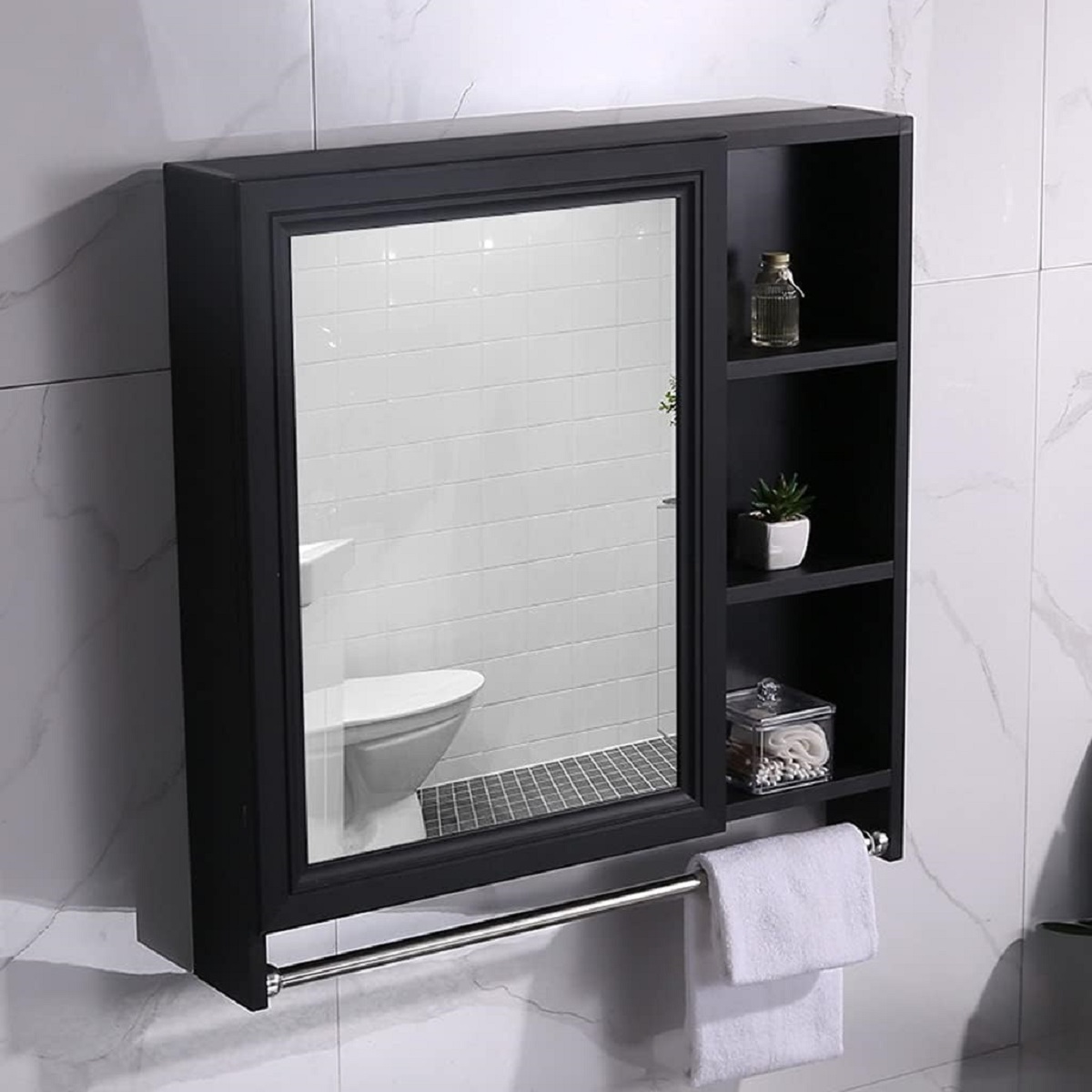
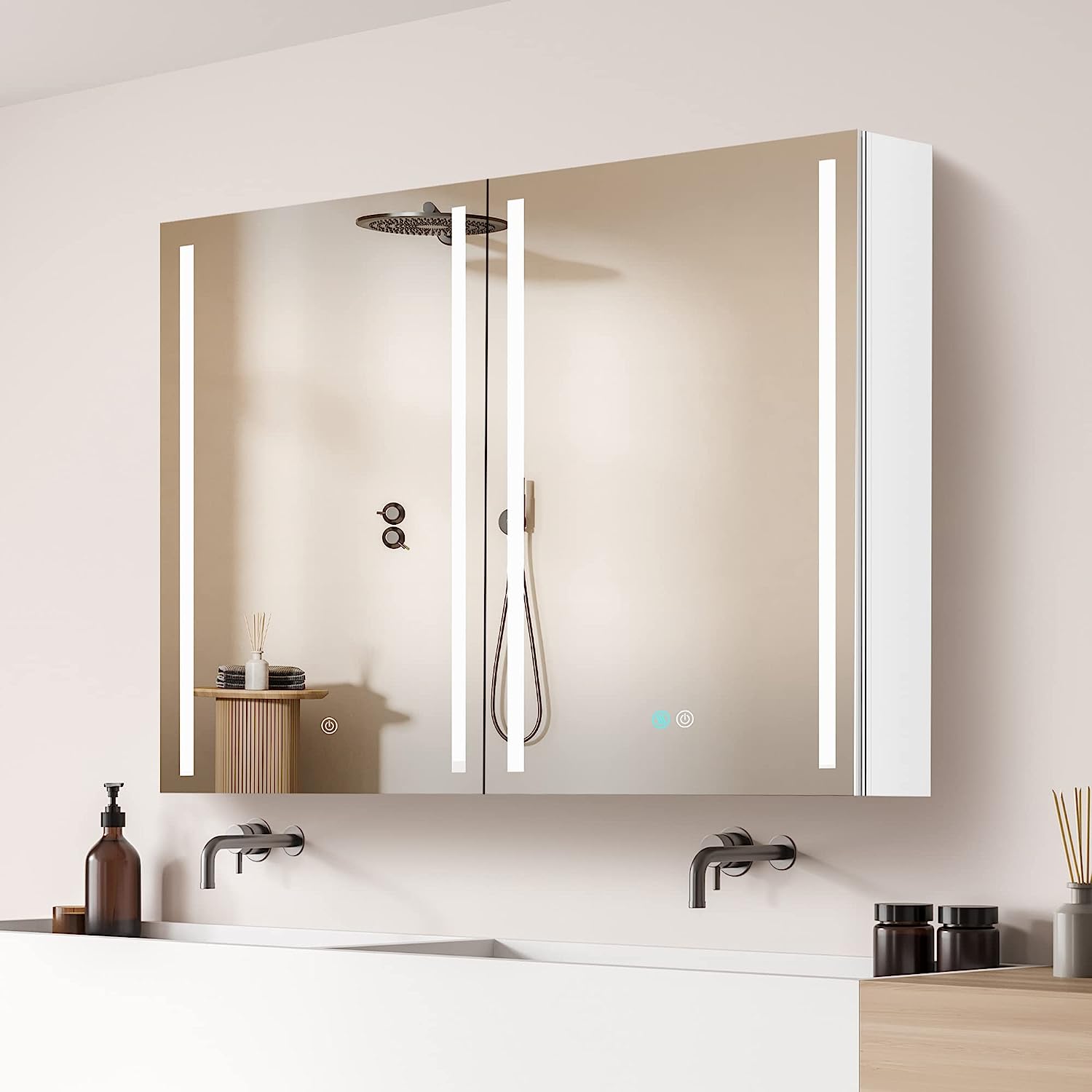
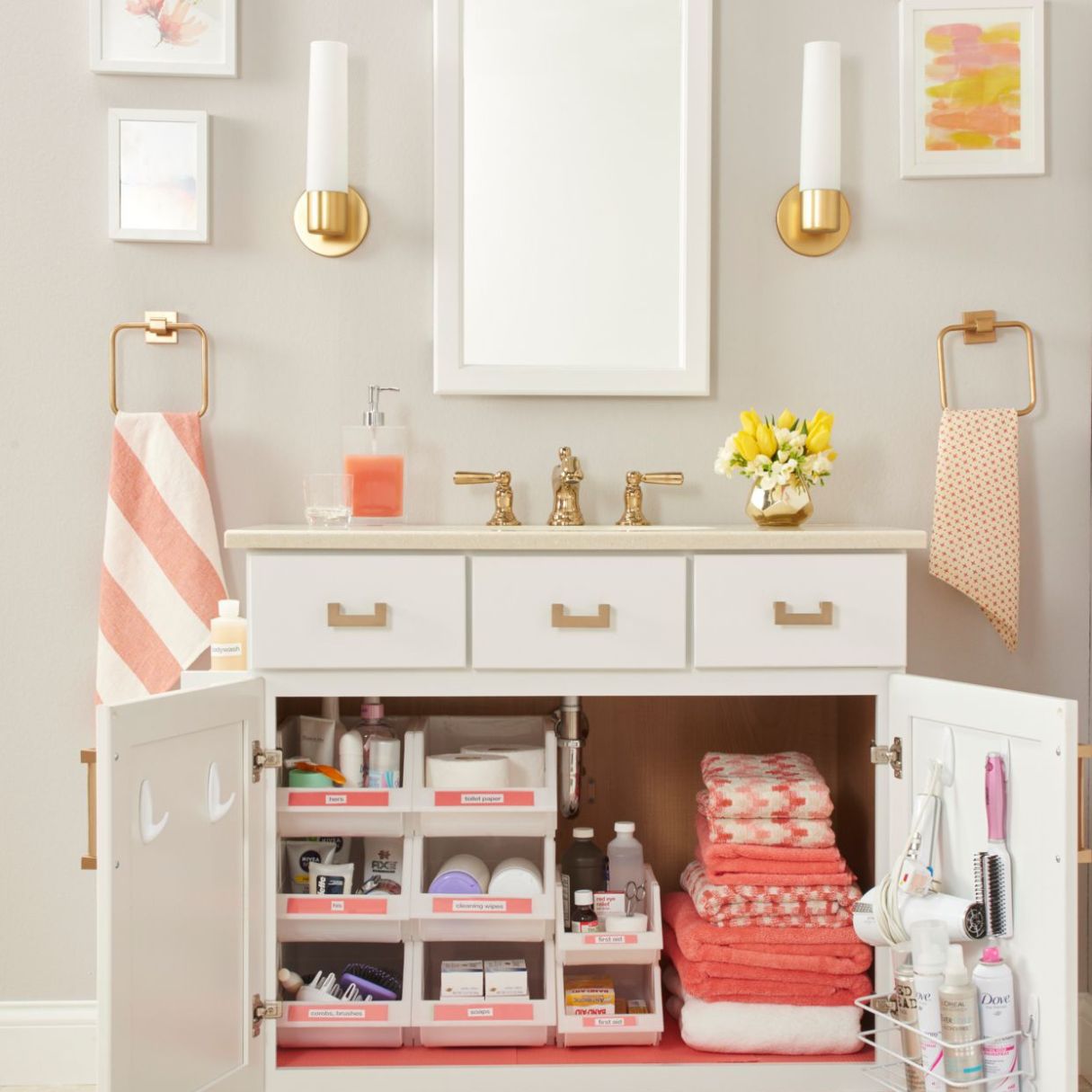
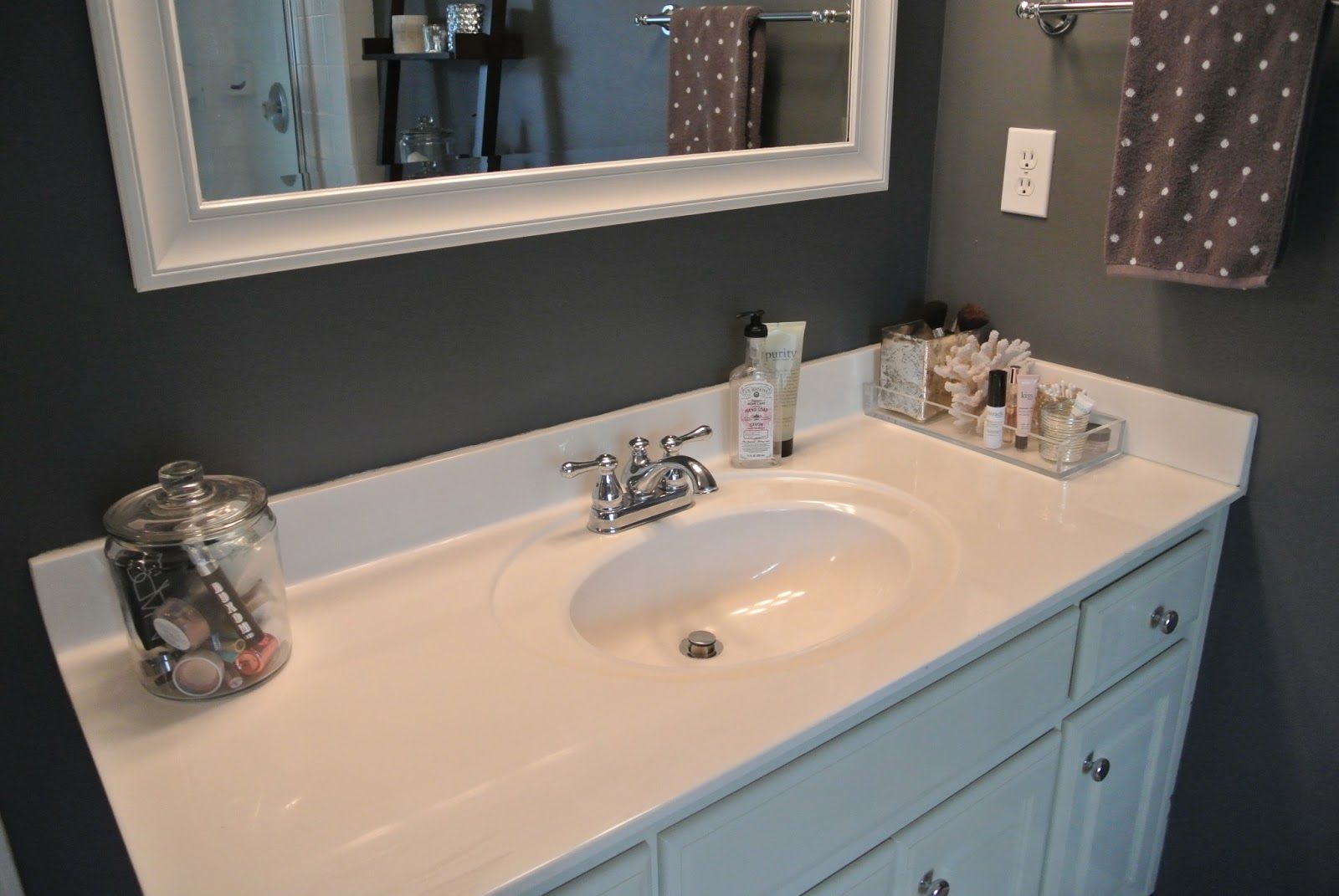
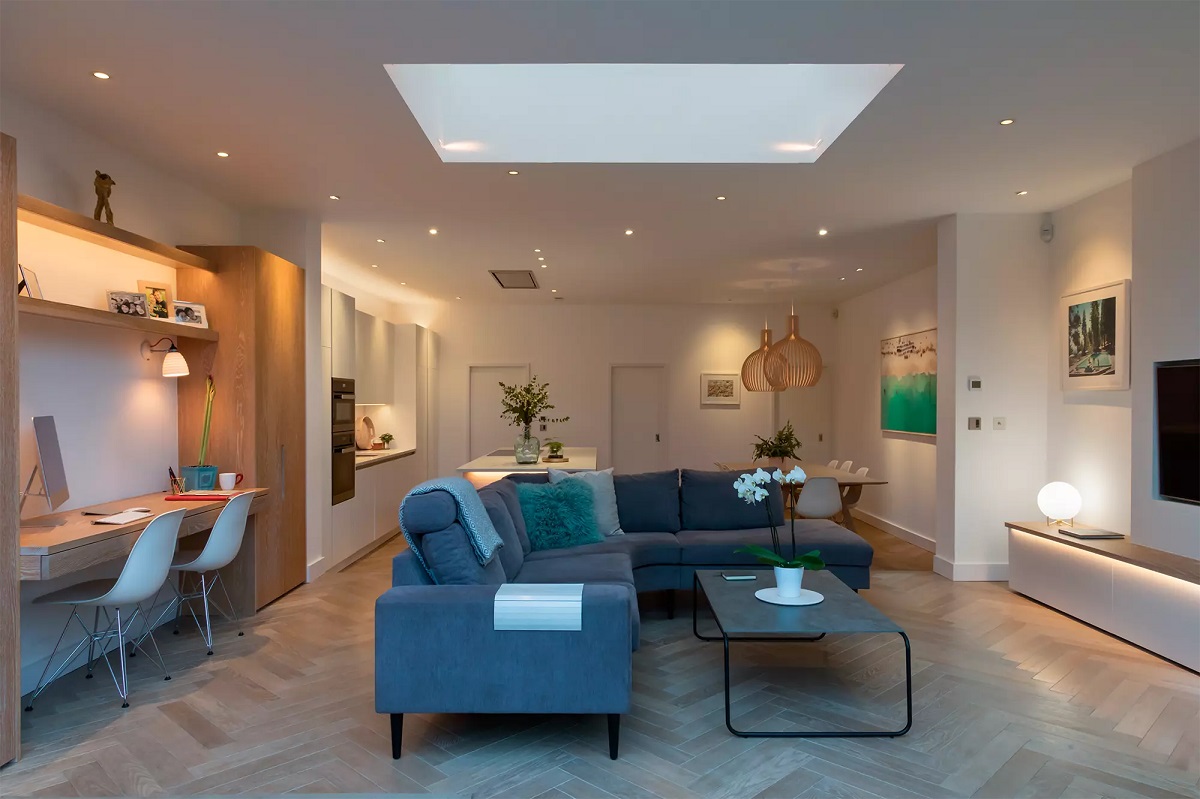
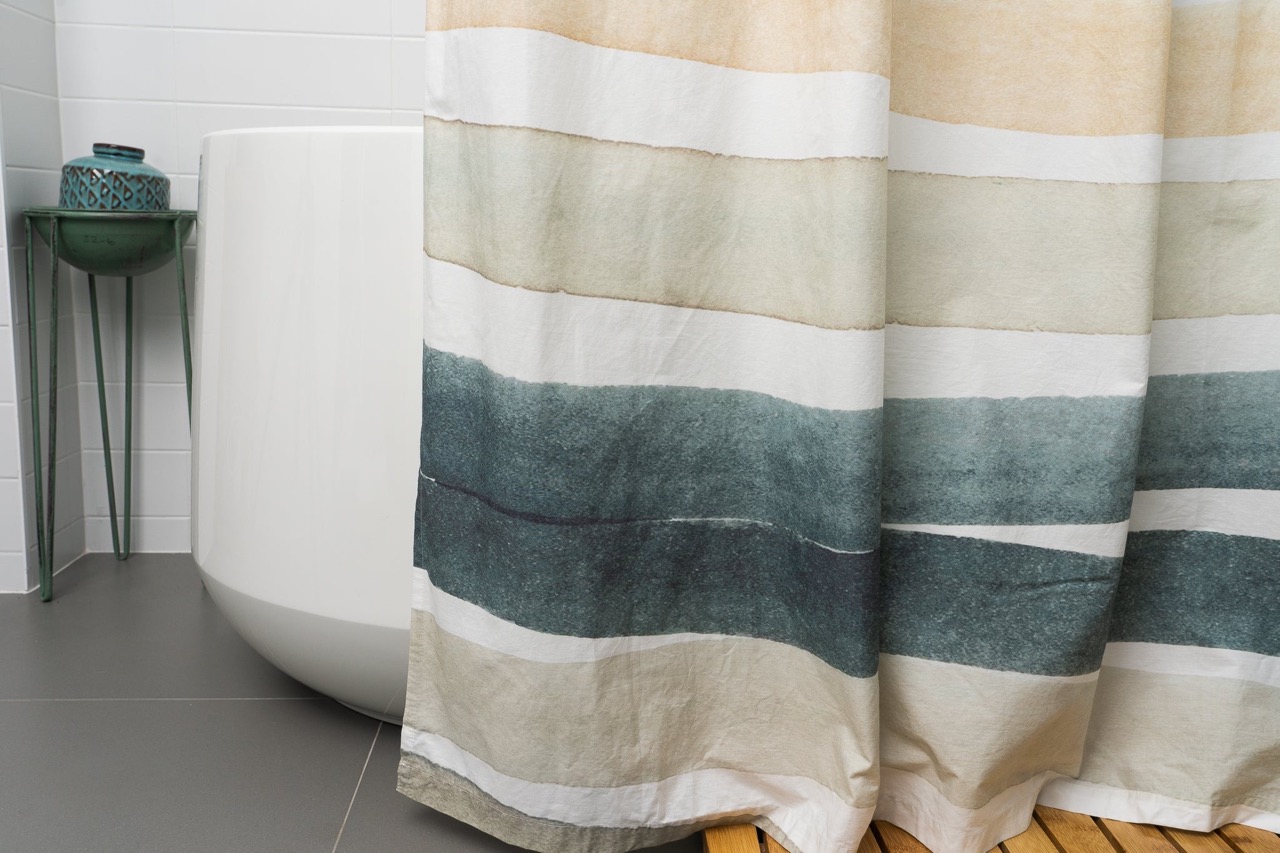
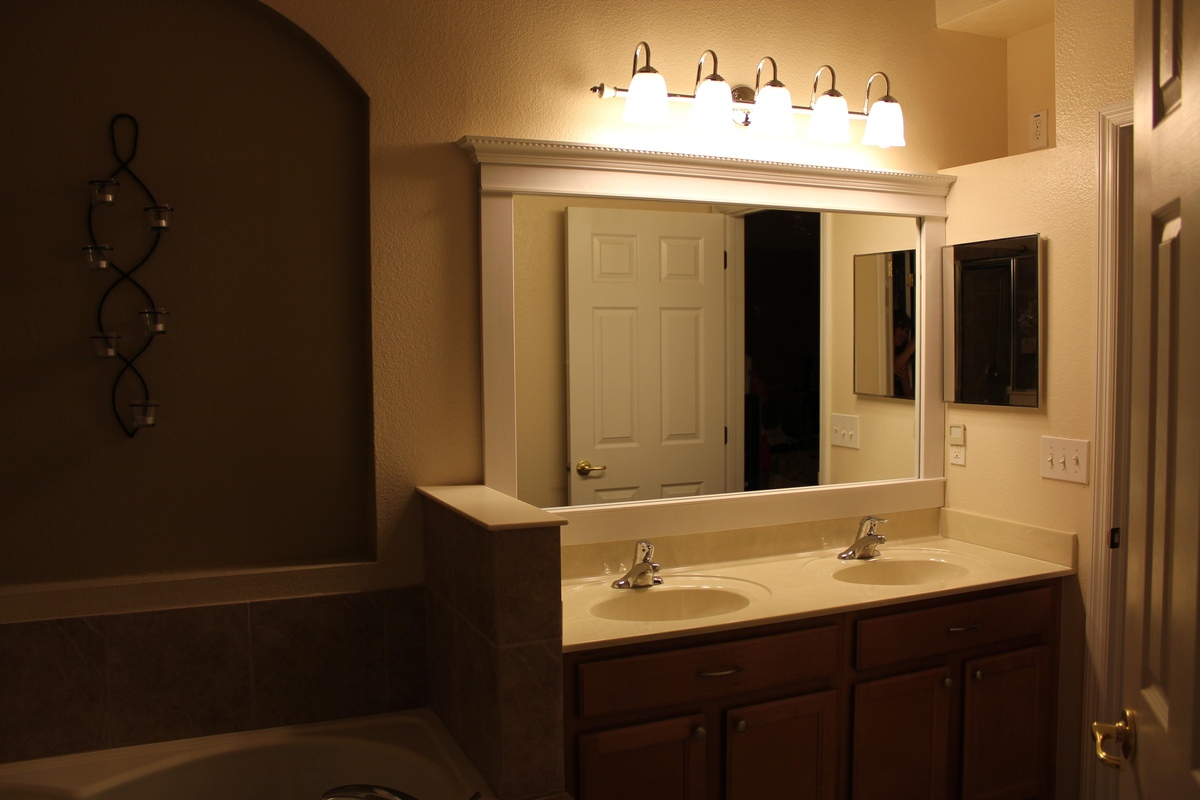
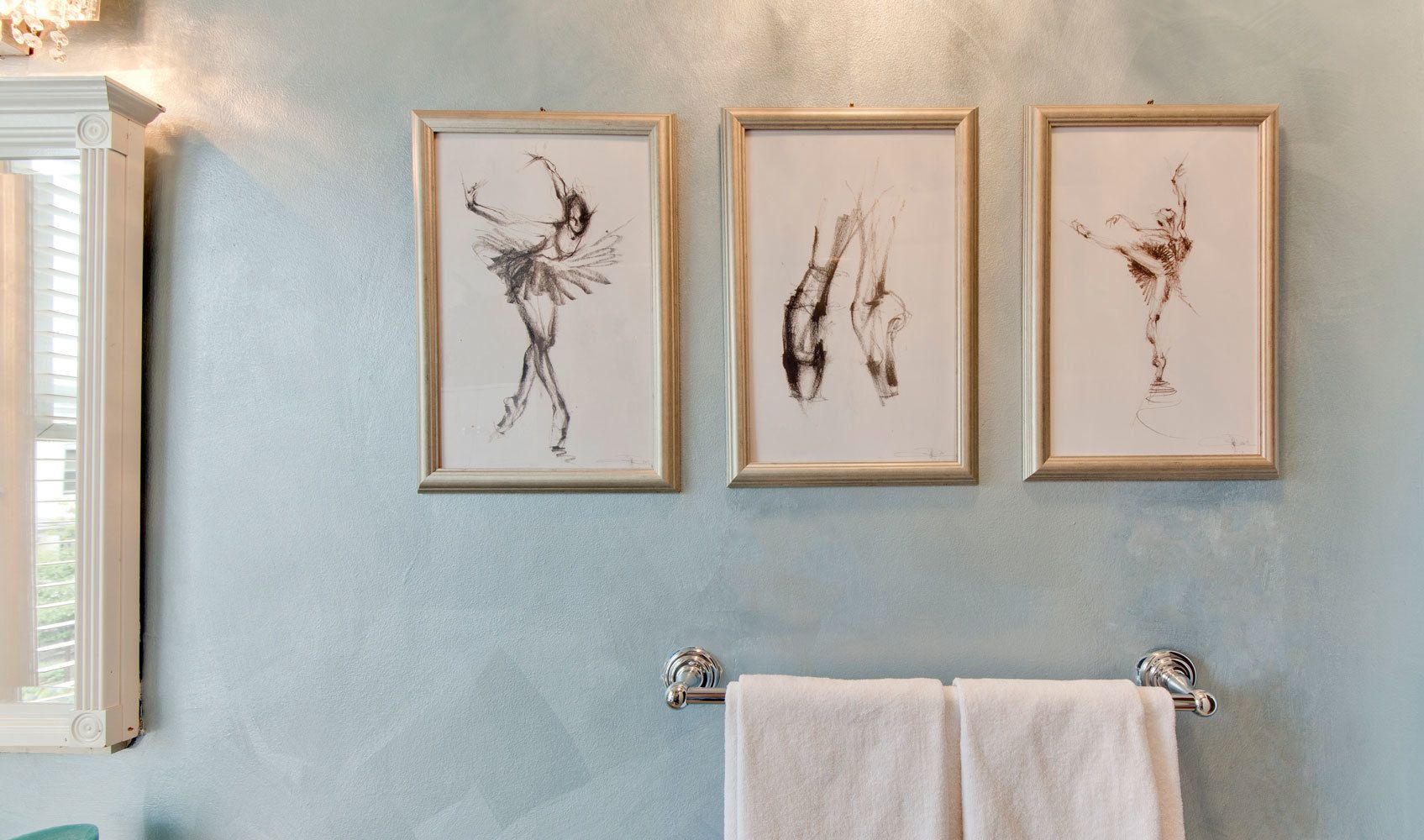
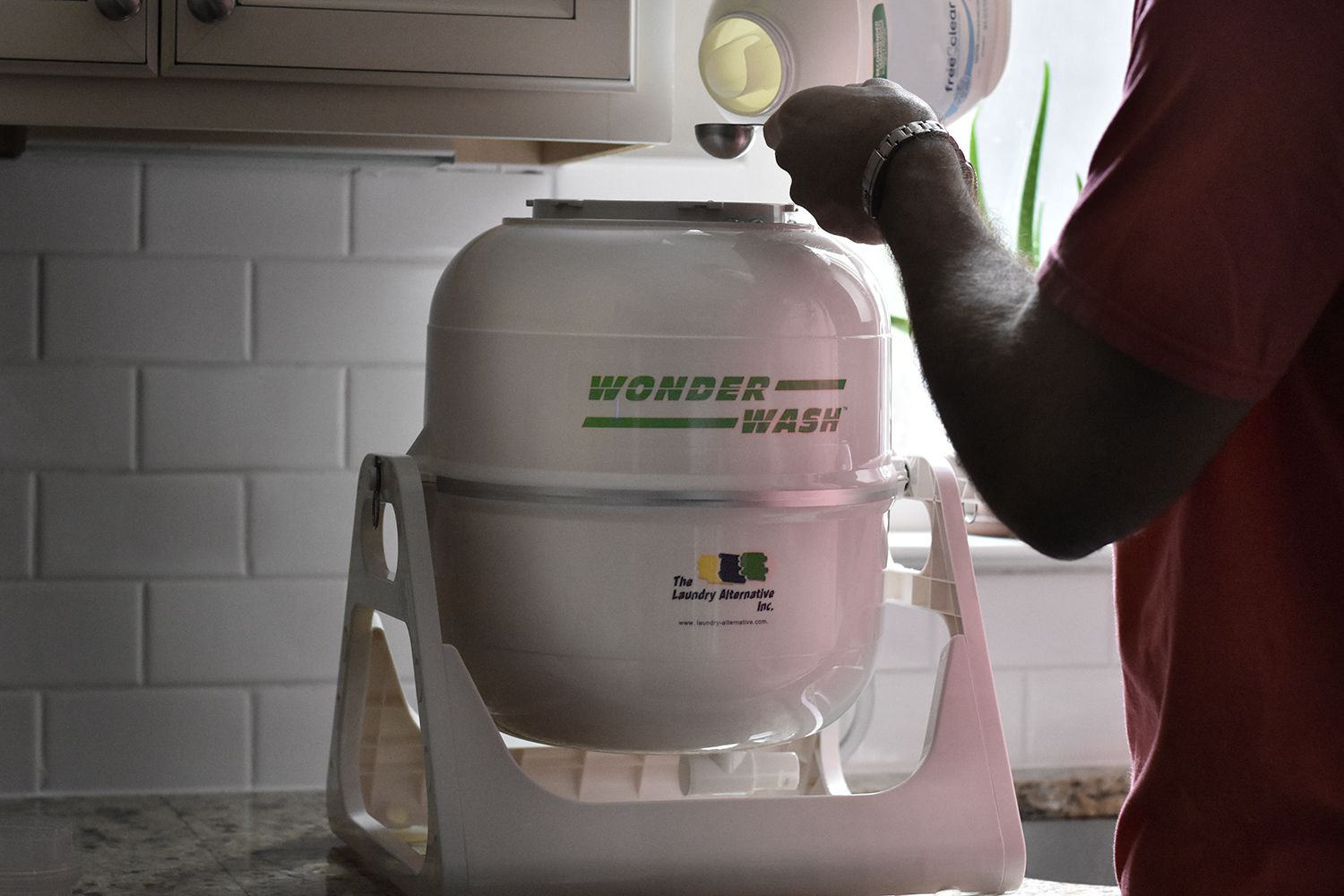
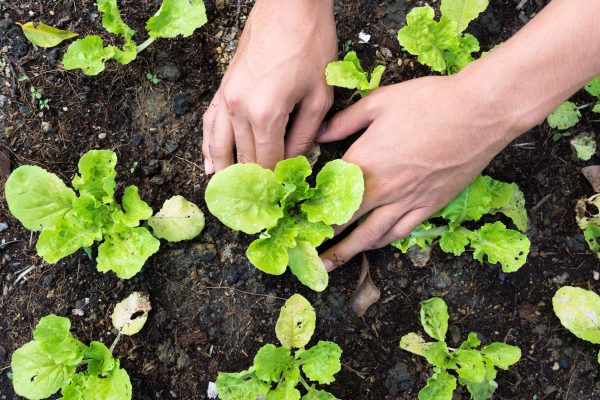
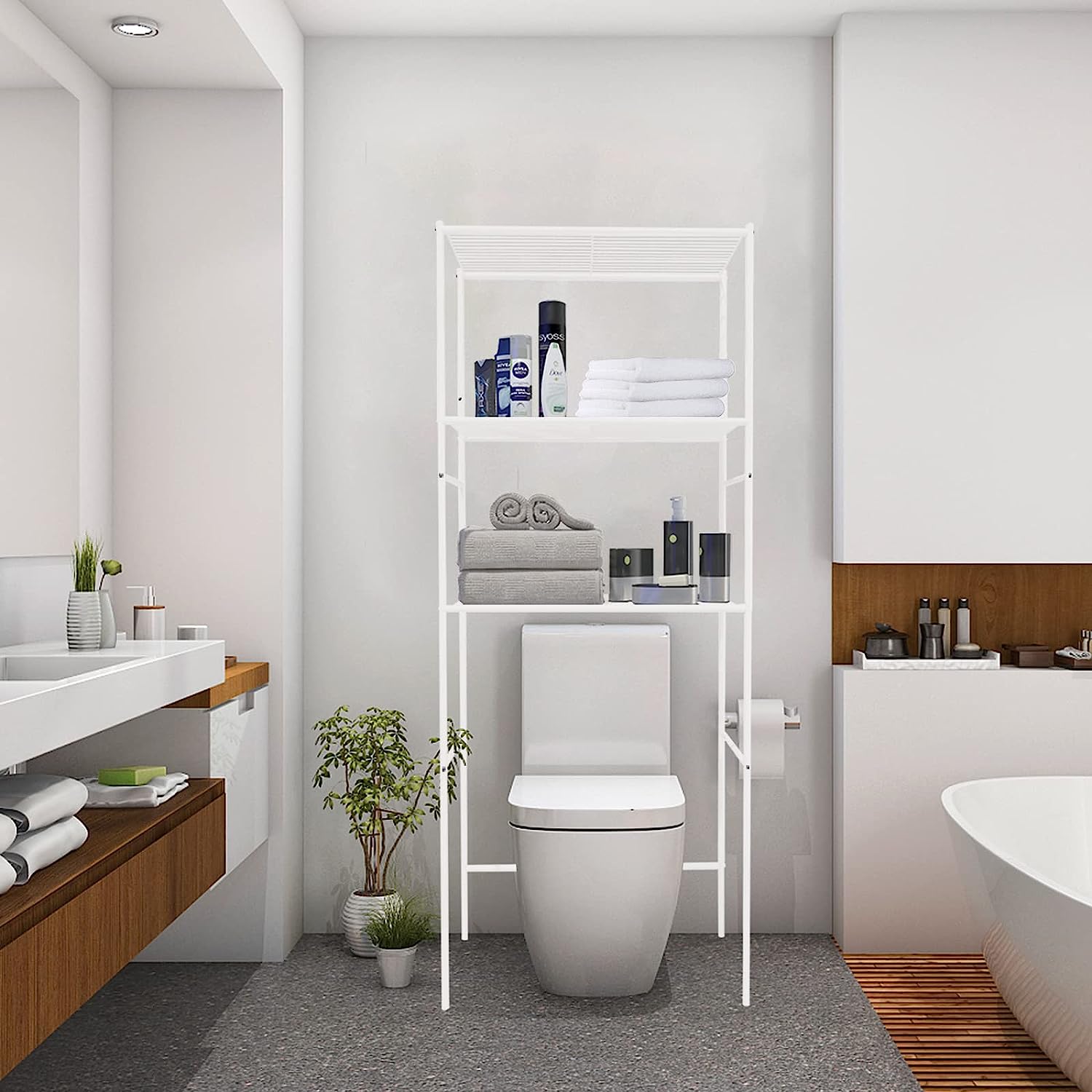
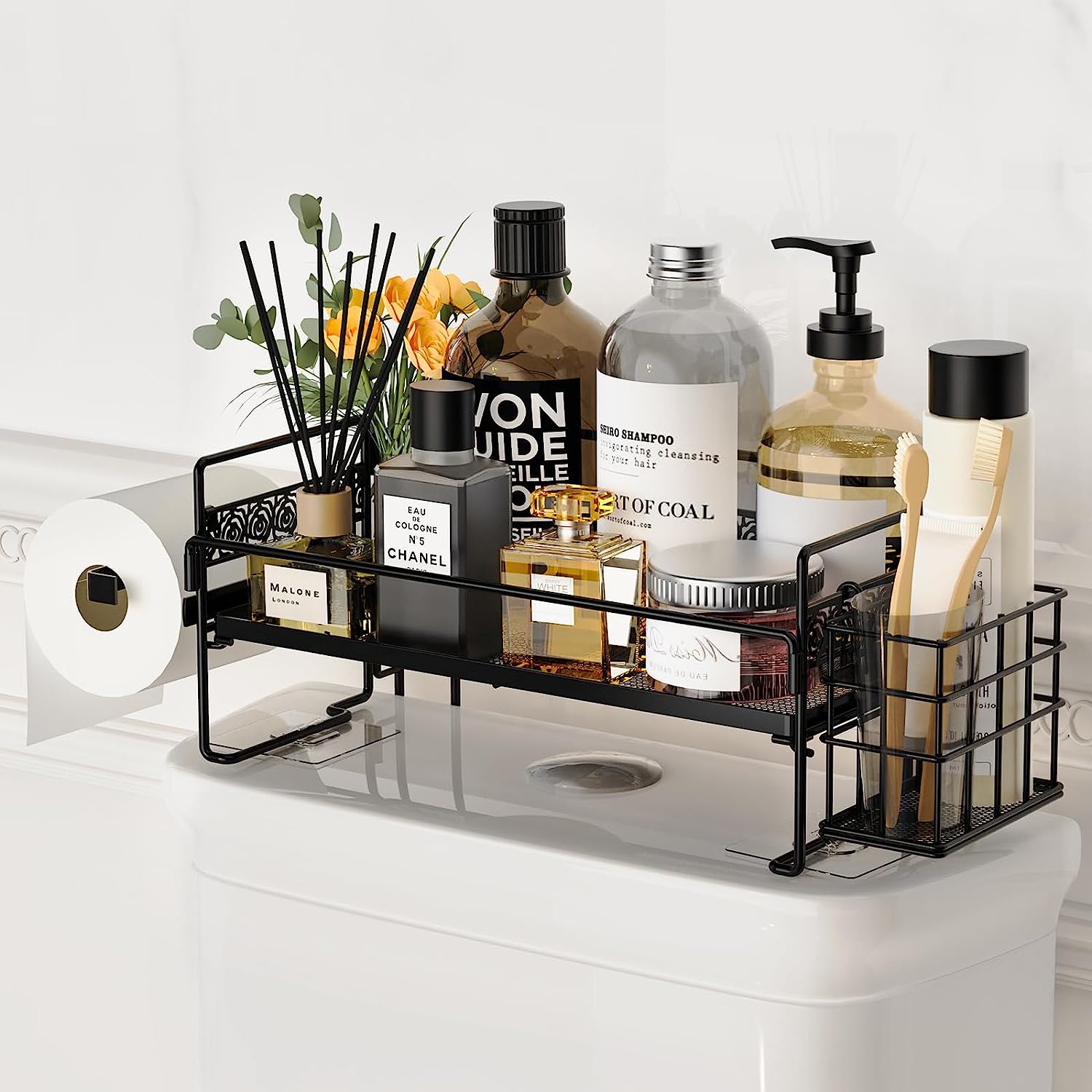
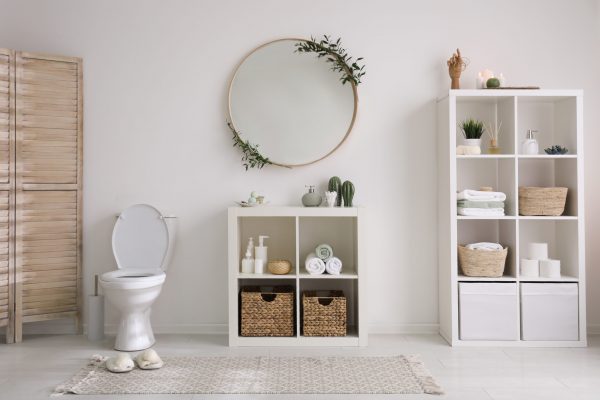

0 thoughts on “Sustainable Bathroom Ideas: 10 Eco-friendly Wash Spaces”